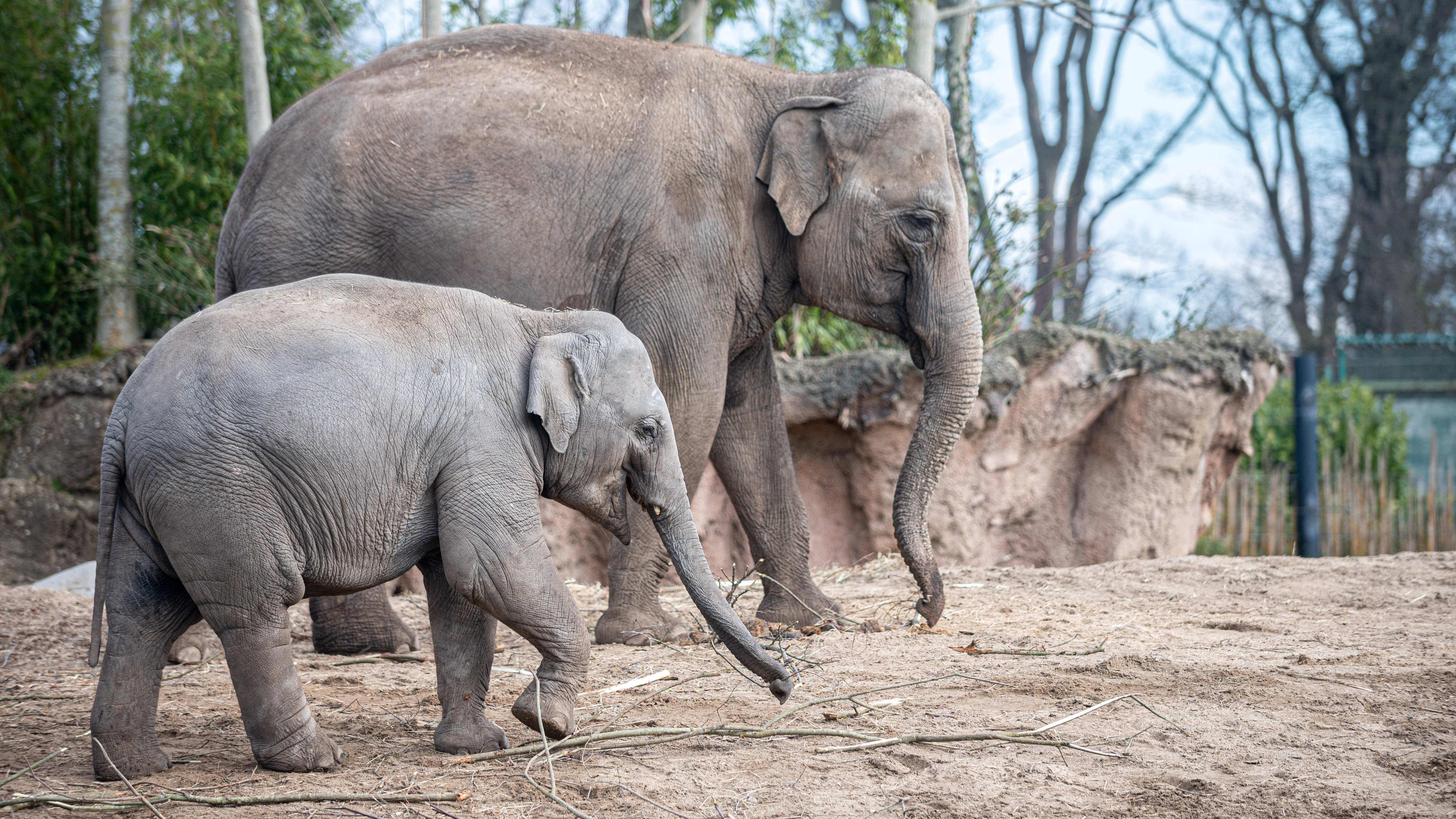Dublin Zoo has been a treasured establishment since 1831. Unfortunately, the damage of Covid-19 does not discriminate, and last month we heard news of the financial strains threatening to bring an end to yet another beloved Irish institution. Upon hearing Dublin Zoo’s call for help, we were struck with the common fear of losing a place that holds a lot of cherished, childhood memories. As of now, the Zoo is financially secure until Spring 2021. But the Zoo is not quite off the endangered species list yet, so it seems justified to take a look at the important role this miniature animal kingdom plays in our country and why it must stay open.
“It provides so much more than stimulating school trips and beautiful Christmas lights. From conservation to education, it is an irreplaceable resource for wildlife preservation both in Ireland and globally.”
Almost 190 years since its opening, Dublin Zoo has cemented its status as a cultural pillar of Dublin life. For many of us, the Zoo is an integral part of our childhood memory, waking up on a summer morning – grass still wet, excited for the day ahead. Some people might think: why do we still need zoos? Isn’t it cruel to keep these wild animals in captivity? This mindset is shifting, however, with the increased awareness of wildlife protection. Zoos are no longer a primary source of exotic entertainment with little focus on animal welfare. Dublin Zoo is a prime example of how wholesome modern zoos can be. It provides so much more than stimulating school trips and beautiful Christmas lights. From conservation to education, it is an irreplaceable resource for wildlife preservation both in Ireland and globally.
“In addition to providing a home to a wide array of endangered creatures, the Zoo takes an active role in the global community, partnering directly with 25 conservation projects worldwide.”
We all know that the Zoo plays an active role in the safeguarding of wild animals, but what exactly does this mean? Zoos today are paramount in ensuring that endangered species do not go extinct. In essence, zoos act as a safety net for animals that may be facing extinction in the wild, with some animals relying entirely on zoos for the survival of their species. In addition to providing a home to a wide array of endangered creatures, the Zoo takes an active role in the global community, partnering directly with 25 conservation projects worldwide. One such project began in 2019 as Dublin Zoo began supporting the Supayang Gibbon Conservation Centre in Sumatra, a project run by Kalaweit since 1998 to save the species. This particular species of small ape faces threats such as loss of habitat and animal trafficking. The Kalaweit Project seeks to eradicate these threats by protecting these animals from the exotic animal trade and preserving their habitat in Indonesia. Projects like this allow Dublin Zoo to support global conservation efforts from over 12,000 km away, demonstrating the far-reaching impact zoos can have on our planet.
These efforts in conservation go hand in hand with their role in education. Modern zoos provide the perfect learning environment, allowing children and adults alike to marvel at these animals up close in a safe way. With upwards of one million visitors annually under normal circumstances, there is no doubt of the immense influence Dublin Zoo has on both its Irish and international visitors. In 2018, Dublin Zoo opened its state-of-the-art Discovery and Learning Centre which primarily focuses on providing schools with an education on important topics such as sustainability and biodiversity. The initial outbreak of the pandemic did not stop the team at the Zoo from providing a brilliant eco-education to the children of Ireland, as featured on RTÉ’s Learning Hub.
“The existence of zoos promotes this interest in wildlife in our younger generations, ensuring that the discussion continues.”
With the fight for more climate change, zoos are essential resources in communicating the devastating consequences that climate change can have on our planet, with the goal of inspiring behavioural changes in public behaviour. This inspiration is evident through emerging studies that suggest that the average percentage of zoo visitors who believe in climate change is higher than that of the national average. The negative effects of climate change are ever-present in the animal kingdom, disrupting their migration patterns, wiping out their habitats and forcing species into extinction at an alarming rate. The existence of zoos promotes this interest in wildlife in our younger generations, ensuring that the discussion continues.
Perhaps one of the best qualities of Dublin Zoo is their ability to foster a relationship with the public. Most recently, the Zoo promoted a competition boasting a chance to name the latest addition to their animal family—a southern white rhino. Dublin Zoo is a part of the fabric of Irish society; just as the endangered species rely on them for survival, so too does the Zoo rely on the engagement of the individual. The continued support we’ve seen in the past couple of months is vital so that the Zoo does not dissolve into a fond memory.
If you want to help take Dublin Zoo off the endangered species list for good, you can visit their website at DublinZoo.ie, or visit for the first time in what must be ages.






